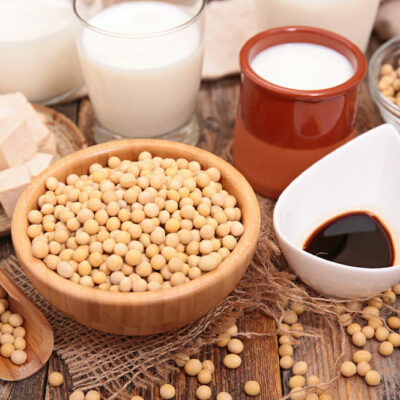
6 early signs of multiple myeloma
When one suffers from multiple myeloma, this blood cancer forms in their healthy plasma cells. These white blood cells can produce antibodies that identify bacteria and fight them, helping prevent illness. In this disorder, the bone marrow produces too many cancerous plasma cells, which replace normal blood cells. In addition, an abnormal protein produced by these cancer cells can lead to complications. Here are early signs of multiple myeloma that one should know. Early signs of multiple myeloma While this condition may not cause symptoms in the early stages, it can lead to various severities. It is usually discovered during a routine blood test or, in some cases, a urine test. Some of the early signs of multiple myeloma include the following: Bone pain This condition can directly affect bone density and lead to pain in the back, ribs, and hip bones. Usually, people experience it as a dull, aching pain that gets worse with movement. Weak bone strength can also result in fractures of the spine and long bones like the arms and legs. It can also compress the spinal cord, causing numbness in the legs. Anemia Anemia interferes with blood cell production in the bone marrow, resulting in the body’s lack of red blood cells.
Read Article... 











